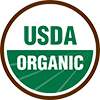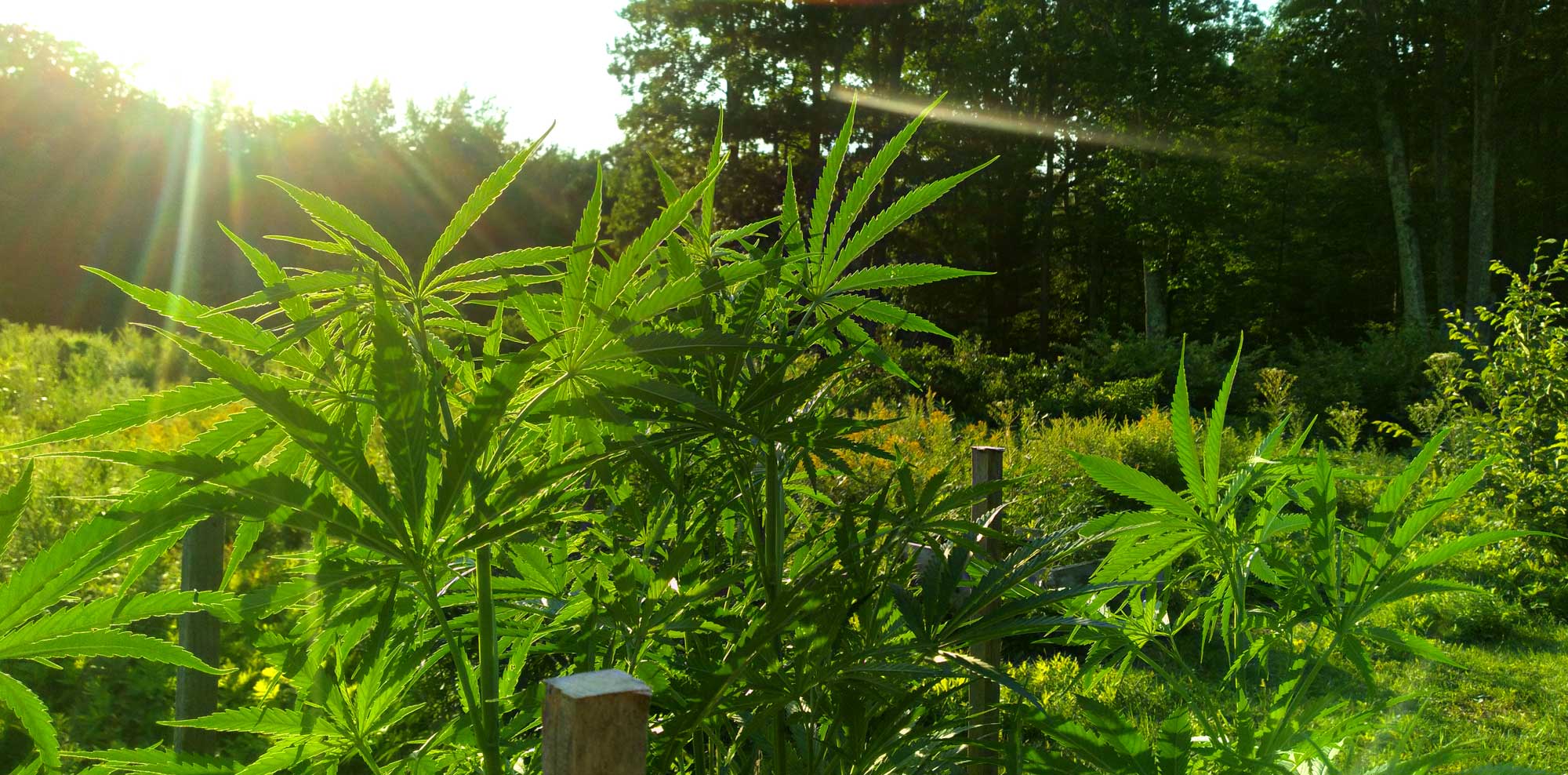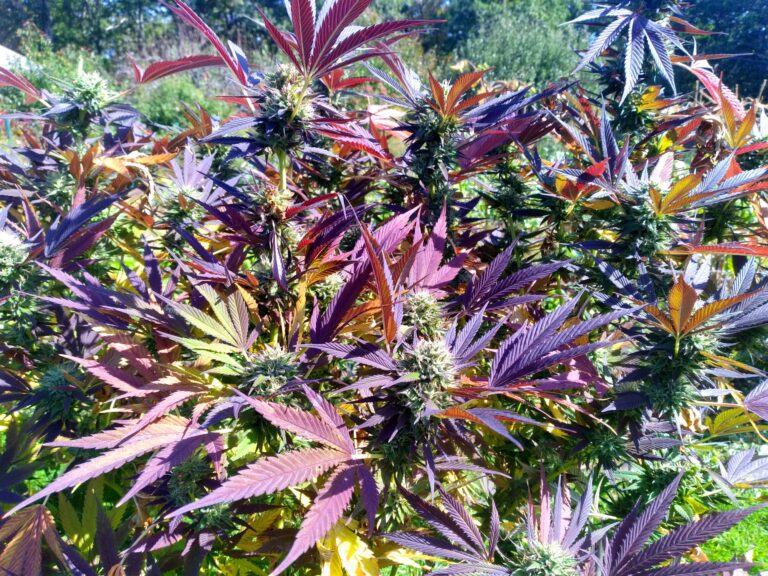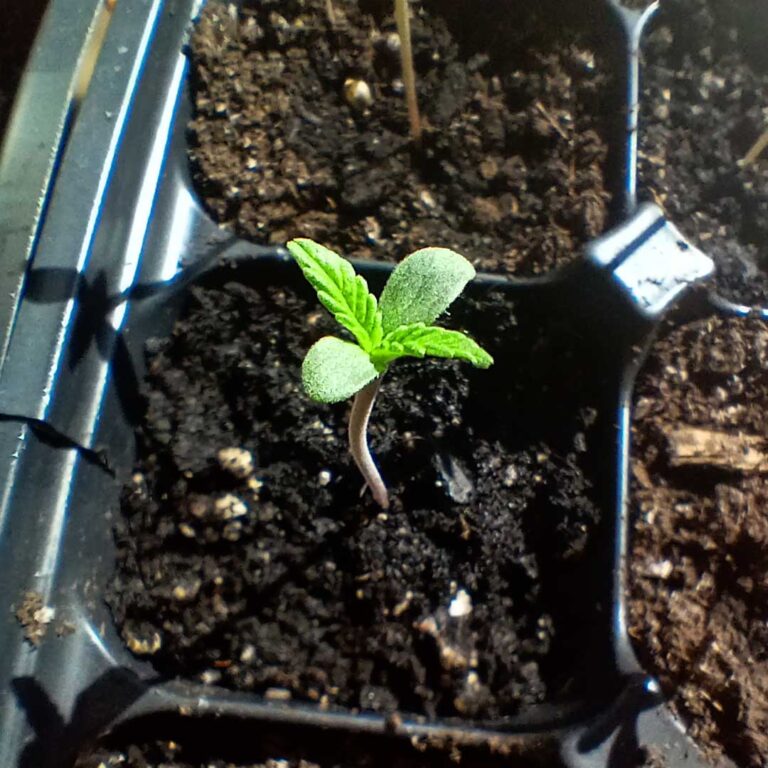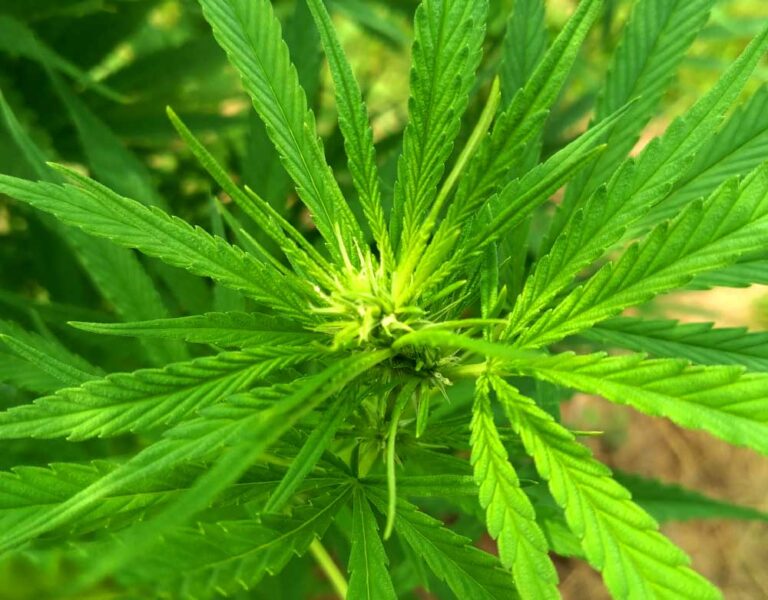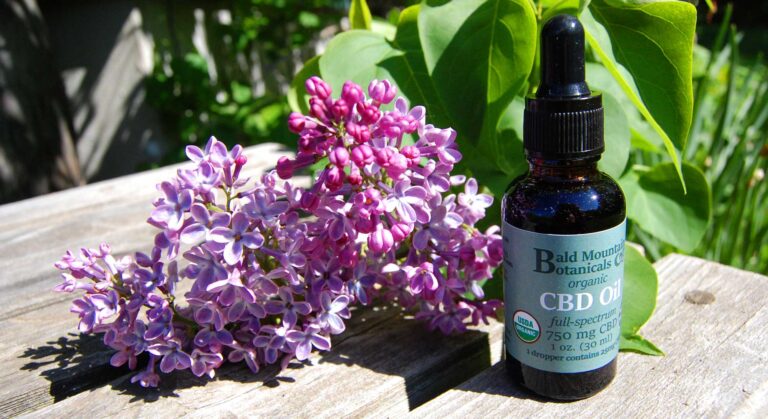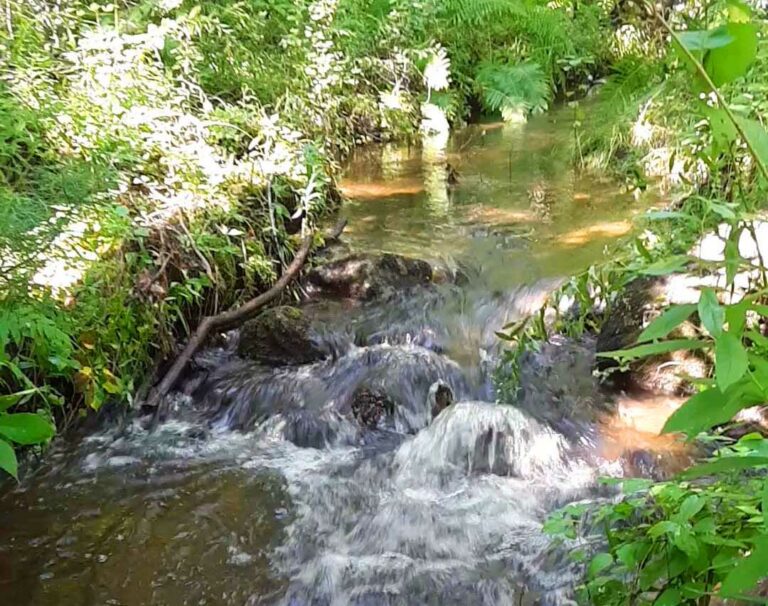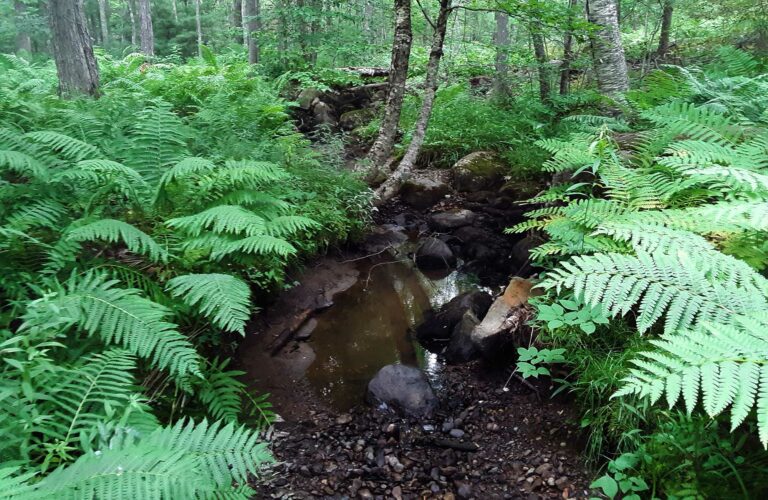Hemp’s Vegetative Phase
It’s mid-July here in Maine, the last of the hemp seedlings were transplanted in June, and now the quick-growing plants really start to bulk up. Known as the “vegetative phase,” this is when these hardy annuals produce abundant foliage and branches prior to the “flowering phase” triggered by the longer nights. In Maine that usually means early to mid-August, depending on the specific cultivar.
Because it grows so quickly, hemp consumes a fair bit of nitrogen and other nutrients during this time, so it’s important to make sure they have what they need so they’re in top condition going into the critical flowering phase. We use primarily alfalfa meal for nitrogen, applied as a topdressing and occasionally in home-brewed teas. They also get periodic snacks of fish hydrolysate, sometimes applied as a foliar spray and sometimes as a root drench. Our ducks also contribute when they wander among the plants hunting for slugs and other snacks.
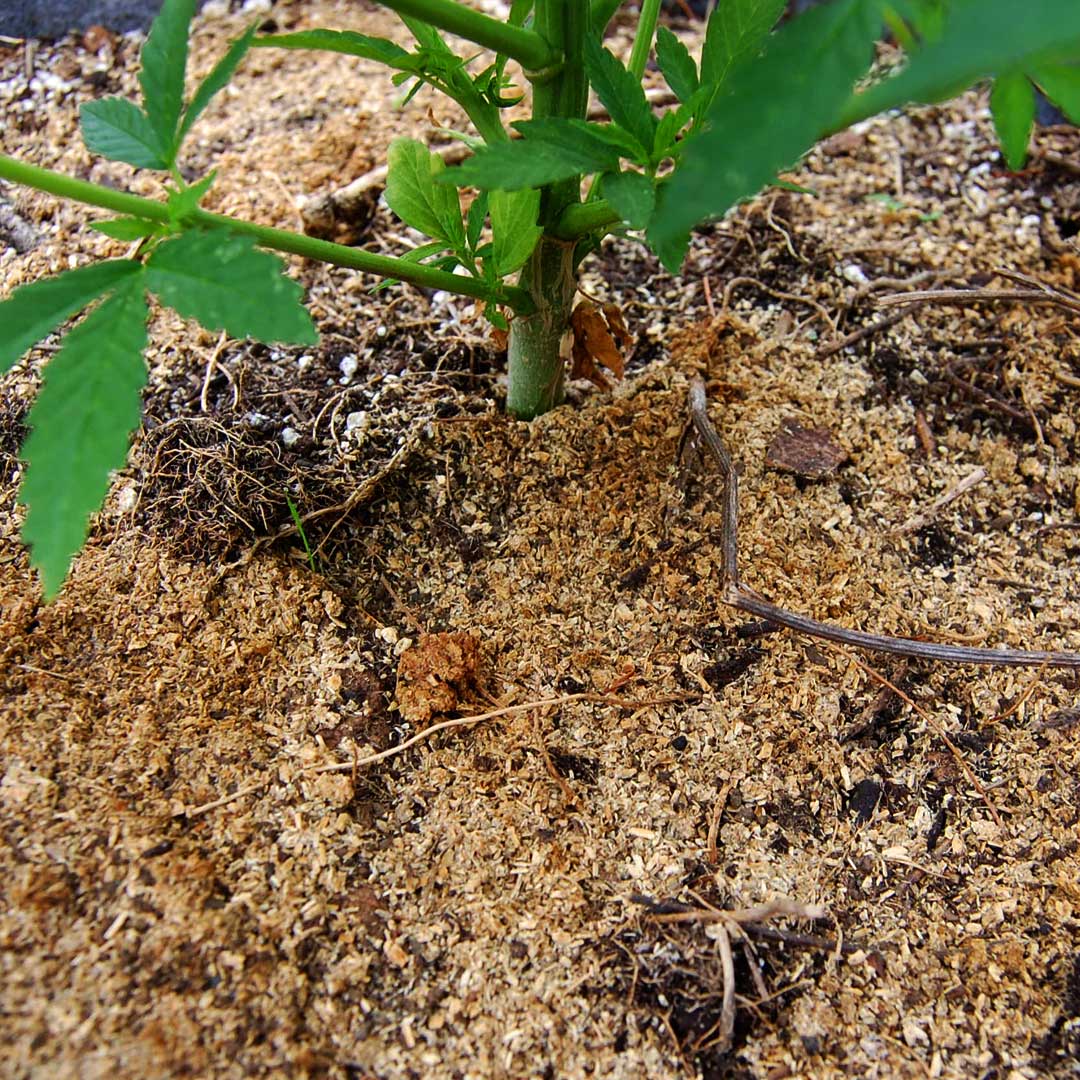
We’ve been fortunate to have plenty of rain this summer so we haven’t had to irrigate at all (yet!). In fact there’s been so much rain and cloudy weather that they’re a bit starved for sun and a tad smaller than last year as a result. But looking great.
It goes without saying that everything is done organically, but on top of that we use regenerative farming techniques (sometimes referred to as “sustainable farming”), which involves building healthy soil and minimizing ecological impacts. We don’t till the soil, for example, since doing so damages soil structure and releases carbon stored in the soil to the atmosphere, exacerbating climate change.
While we once thought that fertilizing was a matter of feeding the crop, we now focus on “feeding the soil” and promoting a healthy and vigorous population of organisms in the “living soil” that quickly decomposes the alfalfa meal, fish hydrolysate, and other fertilizers we add and makes those nutrients available to the plants. The secret to thriving plants is a thriving soil.

Toward the end of the vegetative phase, in late July, we prune some of the lower branches in order to create better airflow–this is a key tactic in avoiding the dreaded botrytis or “bud rot” infections that can crop up later in the season during the flowering phase, when moist and cool New England fall weather can wreak havoc on a hemp crop.
The final stage of the vegetative phase is called “the stretch”–a period when the plants grow rapidly upward to make plenty of spaces for the flowers to develop. At times during the stretch you can literally see the growth happen day by day.

Like last season, we’ve been fortunate to be essentially free of pests. We never spray chemical pesticides, of course, but last year we stopped using even organic sprays like neem oil and have come to realize that the best defense against pests and disease is healthy, thriving plants. Of course we get a little help from the ladybugs, birds, and other beneficial critters than hang out in the hemp field. Other than the occasional leaf-hopping insect gnawing on a leaf here and there, there’s virtually no discernible damage on any of the plants (knock on wood!). As long as the plants are thriving, they seem to naturally repel pests and resist disease. Rotating the crop to different areas each year helps, too.
Other than a bit less sun than usual, it’s been a great growing season so far and we couldn’t be happier with how the crop is doing.

